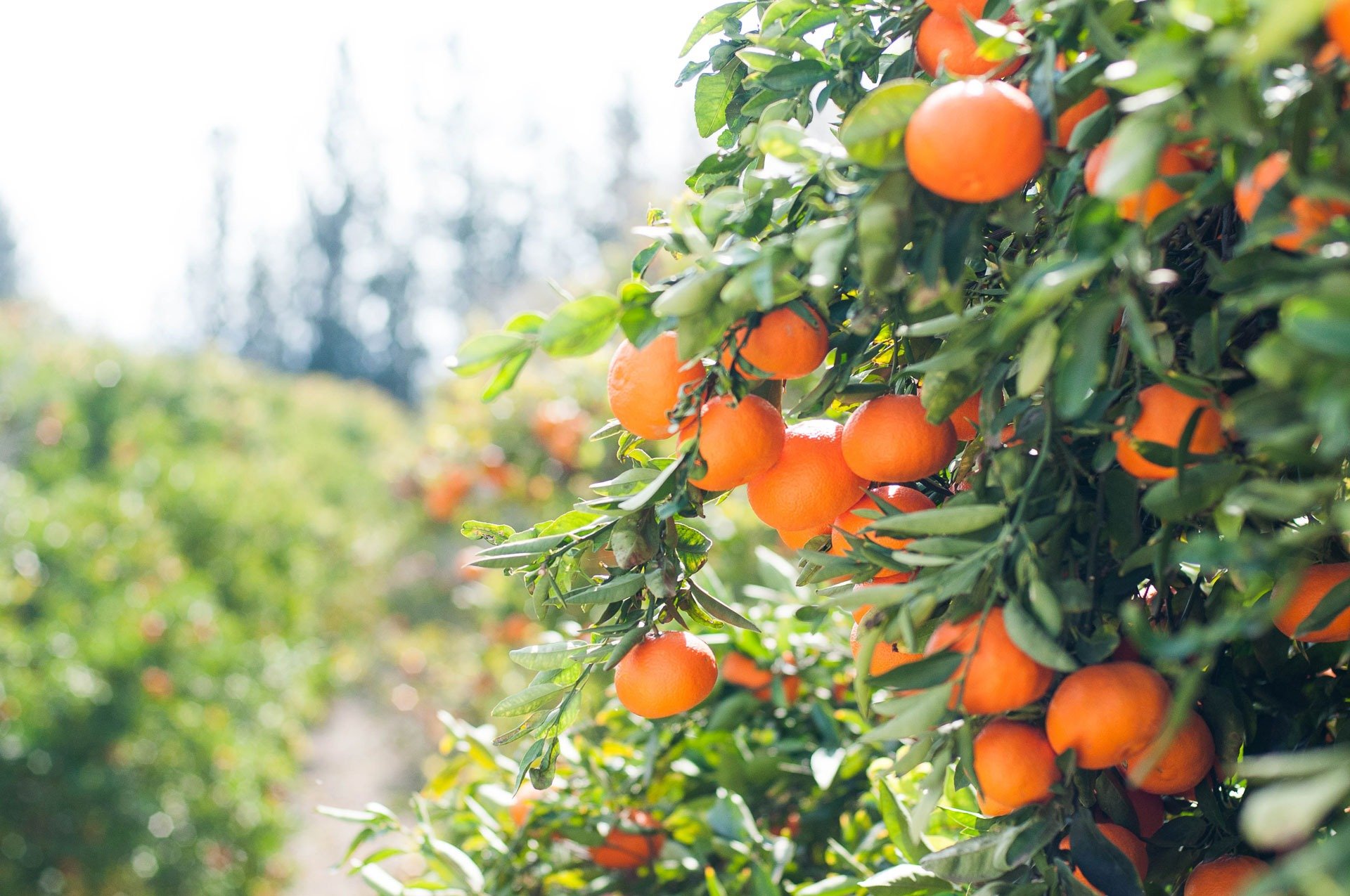Real Food Encyclopedia | Grapefruit and Pomelo
Native to Malaysia and other parts of Southeast Asia, the pummelo (Citrus maxima) is the largest of all the citrus fruits at around the size of a bowling ball. Pummelos are shaped like a globe, or sometimes like a pear, with a somewhat flattened end. Peel away their thick, yellow-green rind and the spongy and easily removed pith gives way to enormous seedless segments in the shade of coral or green grapes, juicy and delicately sweet.
By the late 17th century, the pummelo had traveled across the Pacific to Barbados, where it was bred with sweet orange — resulting in an edible offspring we’ve come to know as the grapefruit (Citrus paradisi).
Did you know?
- Grapefruits were originally dubbed “shaddocks,” after the sea captain who allegedly first transported pummelos from the Pacific to the Caribbean. (Pummelos are also sometimes called shaddocks.)
- By the early 19th century, grapefruits were being cultivated in Florida, where they earned their current name for the grape-like clusters they formed on the trees.
- By the 20th century, grapefruit cultivation had spread to Texas. South Texas is home to the famed red grapefruit, which was declared the official state fruit of Texas in 1993.
What to look for when buying grapefruits and pummelos
Hold the fruit in your hand; it should feel heavy, the skin smooth. Avoid fruits with browning or squishy spots.
Sustainability of grapefruits and pummelos
Pesticides
According to the 2023 Shopper’s Guide to Pesticides in Produce from the Environmental Working Group, conventional grapefruit has a pesticide residue score of “low to moderate.” Due to its limited U.S. production, pummelo is not included on the list. (Note that the guide lumps together all grapefruit, without guidance on specific varieties.) There are a growing number of organic grapefruit groves.
Seasonality
Although grapefruit is sold year-round in supermarkets, the peak season runs from December to March. The peak for pummelos is similar, with a somewhat earlier arrival, around late November.
Geography
The pummelo thrives in Southeast Asia, China, Oceania and the Caribbean. It is commercially grown in the U.S., but is limited to subtropical regions. You will have a better chance of finding a pummelo in an Asian grocery or specialty market than in a conventional supermarket.
According to 2023 data from the U.S. Department of Agriculture, China is the top producer of grapefruit, followed by Mexico, South Africa, and the U.S. The main grapefruit-producing states are Florida, California, Texas and Arizona.
Eating grapefruits and pummelos
Storing
Store in the refrigerator to avoid mold. Even in the chill, citrus has a limited shelf life and should be eaten within 10 days of purchase.
Cooking
Grapefruits and pummelos are delicious on their own, perhaps sprinkled with a bit of sugar or drizzled with honey. They also pair well with bitter greens — arugula, watercress, frisée, escarole — plus fennel, red onion, avocado and leafy herbs such as basil and cilantro. Both fruits are a great compliment to scallops or grilled shrimp.
Preserving
Candied grapefruit peel is always a treat, as is grapefruit marmalade.
Nutrition
An average-size grapefruit supplies more than 85 percent of the daily recommended amount of Vitamin C. Grapefruit is also rich in lycopene.
You’ll get even more Vitamin C from a pummelo — just a quarter of the fruit contains about the recommended daily 90 milligrams.
A 2006 study revealed links between eating grapefruit and lowered blood cholesterol levels. However, cholesterol-lowering statins can be compromised when combined with grapefruit.
Top photo by Zoriana Stakhniv/Unsplash.


